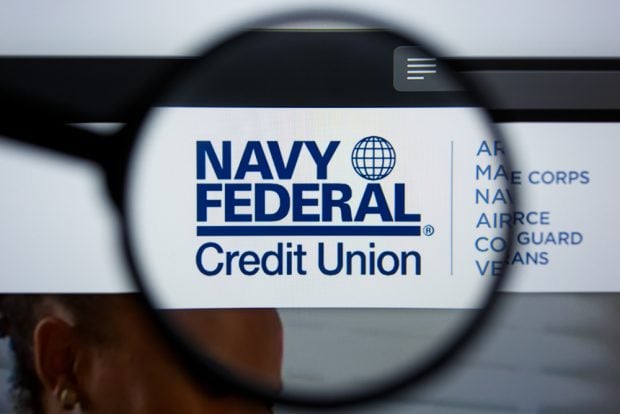Mitigating fraud threats is top-of-mind for executives at credit unions of all sizes, and to learn precisely what they're doing to keep their data and other assets out of thieves' hands, CU Times recently asked readers to complete an online survey.
In the new whitepaper "Standing Up to Fraud: How Credit Unions Mitigate the Threat Landscape," we revealed the results of that survey, as well as reactions and insights from industry experts. The goal of the research is to allow credit unions to benchmark their fraud mitigation efforts against their peers and implement new strategies that will keep their institution – and their members' data – safer than ever.
Below you'll find an excerpt from the whitepaper, which will be distributed at CUNA's America's Credit Union Conference in Seattle June 26 to 29.
Recommended For You
Using Technology to Fight Fraud
When it comes to fraud protection, technology has the power to either keep sensitive data out of the wrong hands or inadvertently leak information, which can lead to detrimental results. According to CU Times' survey, many credit unions may be putting their member data at risk – 83.04% of respondents said their computers that access member data also access the internet and 10.71% said some of their computers that access member data also access the internet.
Only 2.68% said their computers that access member data don't access the internet, and 3.57% said they weren't sure.
Terry Pierce, senior product manager for the Rancho Cucamonga, Calif.-based CO-OP Financial Services, said this poses a huge risk for credit unions.
"The key thing is insuring your network isn't easily available, and if it is, you need to build a network of firewalls to ensure it's secure," she said. "The internet is pretty scary – once your system is open to the internet, anyone can go in there and attack. That's what happening with a lot of the hacks. The hacker is finding a back door into the system."
However, most credit unions appear to be diligent about detecting unauthorized, potentially malicious downloads. Slightly more than 68% of respondents said their credit union can detect unauthorized downloads via USB device or remotely, while 7% said it couldn't and about 24% said they weren't sure.
© Touchpoint Markets, All Rights Reserved. Request academic re-use from www.copyright.com. All other uses, submit a request to [email protected]. For more inforrmation visit Asset & Logo Licensing.







